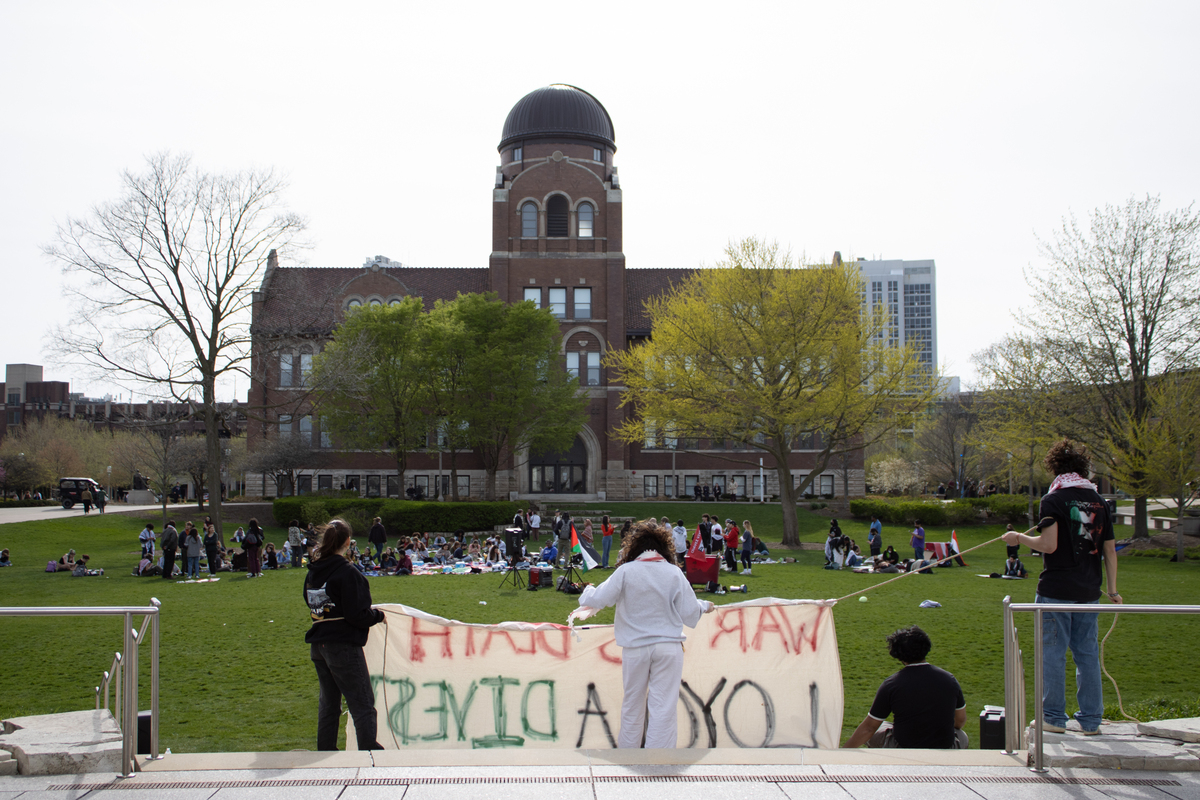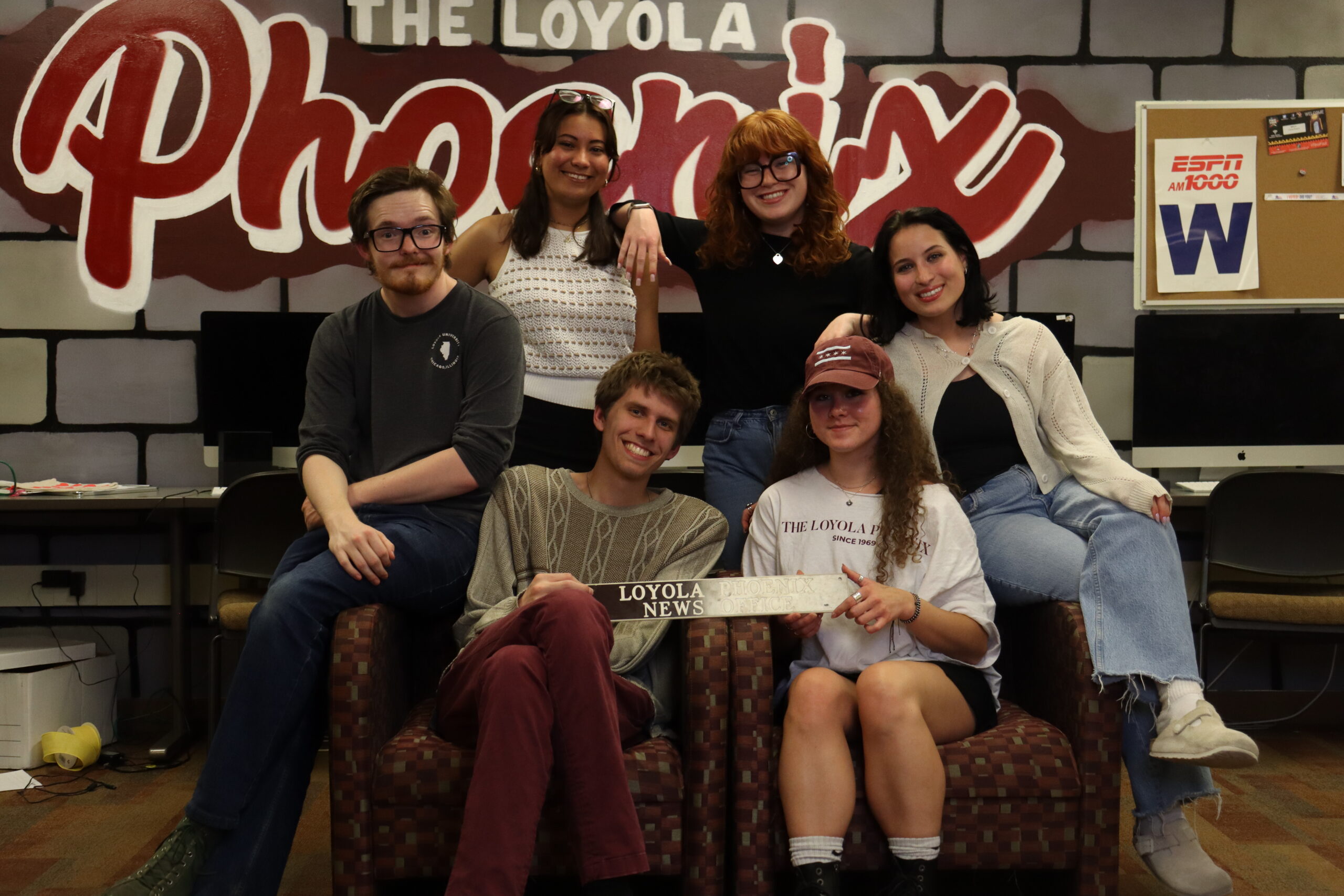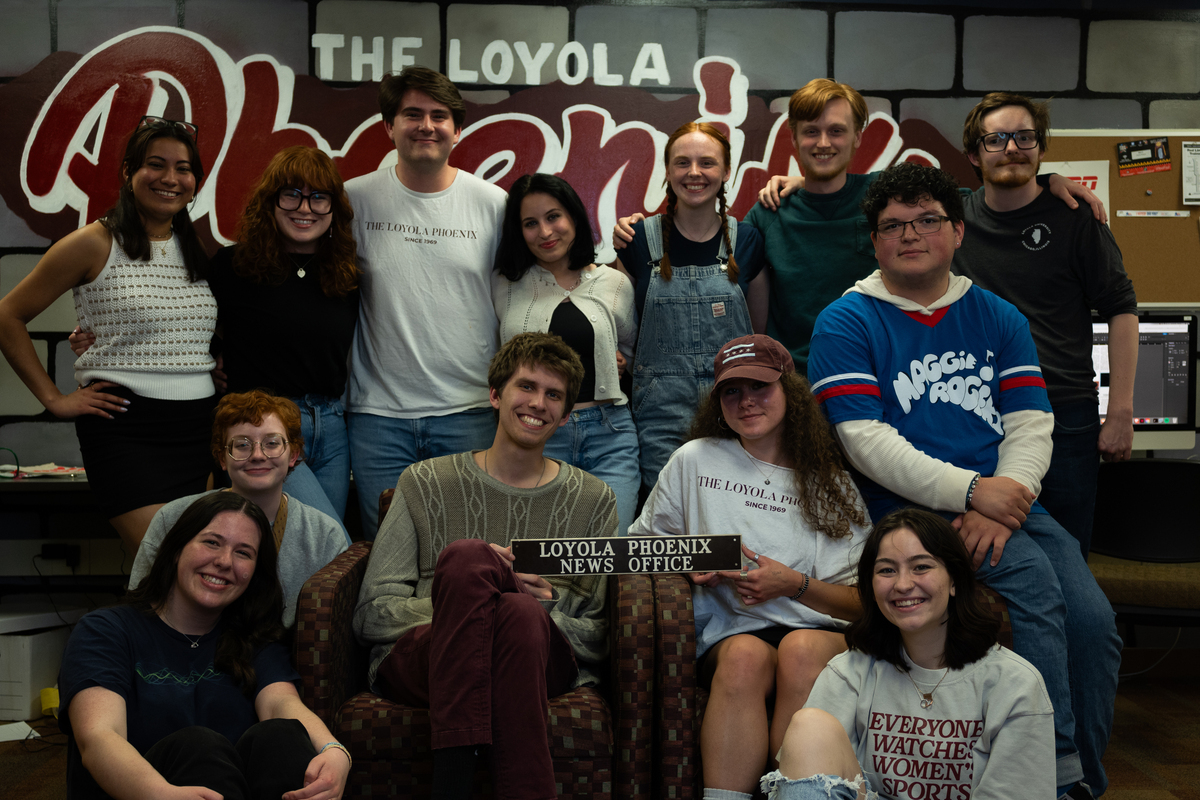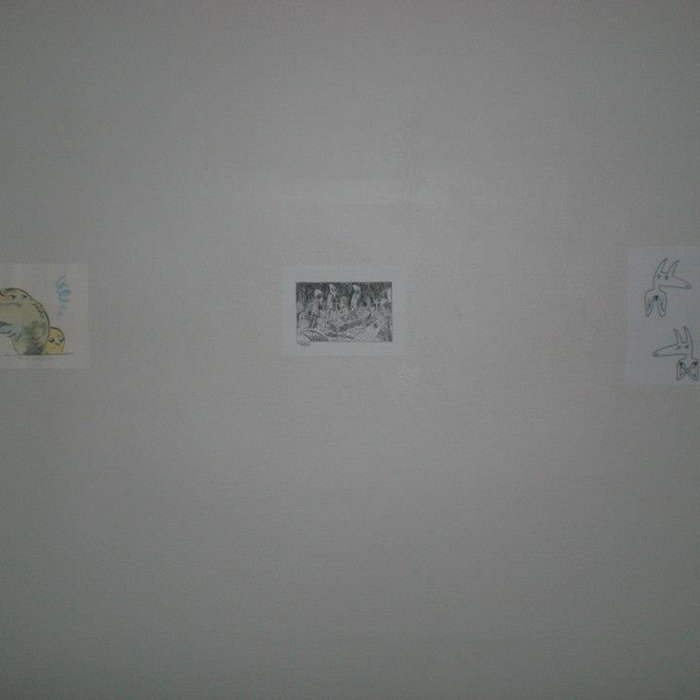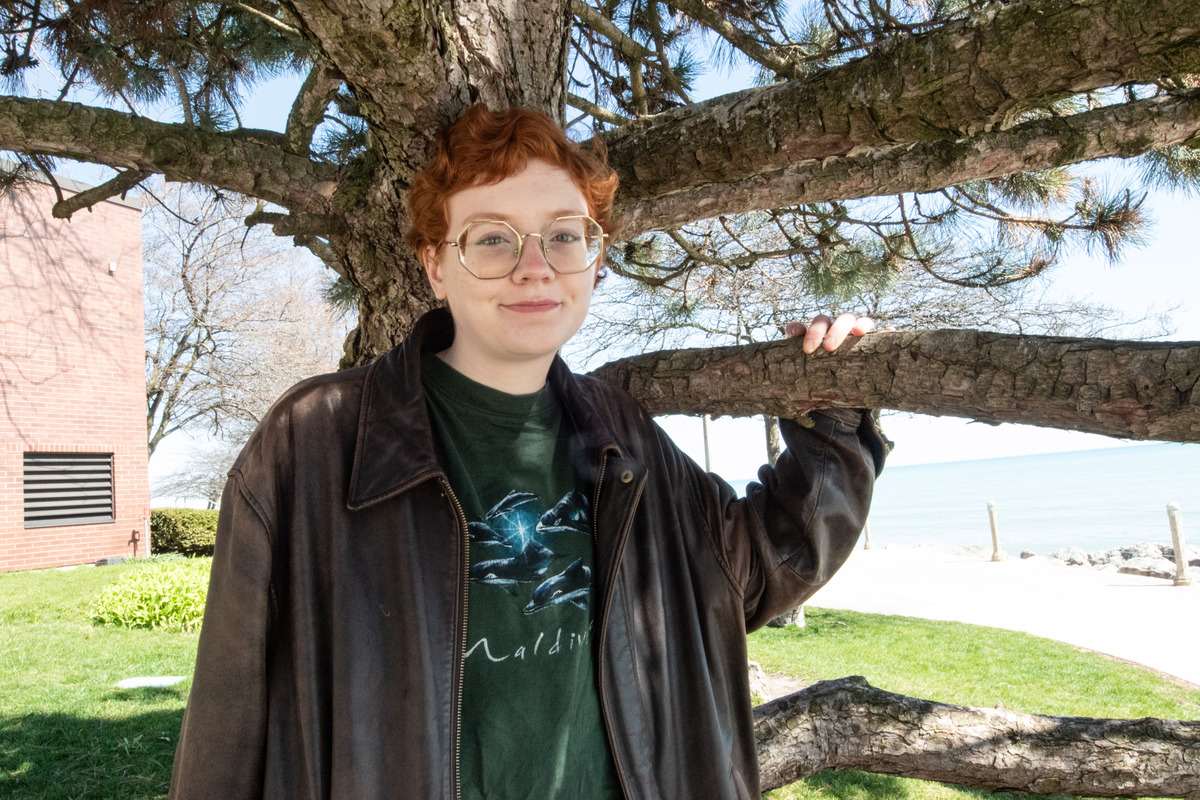For an adult cartoon, “Daria” is a revolutionary, record-setting body of work. The show speaks to the angst of adolescence through a character who exemplifies what it means to be an unashamedly intelligent teenage girl.
ReRuns: ‘Daria’ is ‘The Misery Chick’ Everyone Needs

Content Warning: This story mentions eating disorders
Few environments are as vicious as American schools. Between pressures of conformity, social hierarchies and academic rigor, one’s teenage years can be demanding — if they care about those things.
For Daria Morgandorfer, the sarcastic, teenage protagonist in MTV’s “Daria,” existing amongst the shallowness of adolescence takes effort.
“I’m the misery chick,” Daria says in the first episode. “But I’m not even miserable — I’m just not like them.”
Having first premiered in 1997, the series’ spunky redhead first graced my television screen when I was a 17-year-old high schooler in 2018. My former English teacher, a fellow ginger, recommended the show and six years later, Daria’s endearing yet highly critical worldview still permeates my outlook on life.
The character was first featured in MTV’s “Beavis and Butthead” after its creator, Judy McGrath, felt the show needed at least one intelligent female character, according to Vulture. After gaining tremendous favorability amongst viewers, the network prompted the character’s own spinoff.
The show came as an effort to appeal to the network’s overwhelmingly female audience and it was met with tremendous success, eventually surpassing “Beavis and Butthead” in ratings. The show soon became MTV’s longest-running animated series, according to Vulture.
What stands out about the series is its charmingly cynical narrator. Daria is a teenage girl unconsumed by looks or sex appeal. She defines coolness on her own terms, prioritizing intelligence and individuality above all else.
The show also satirizes American life, commenting on suburbia, capitalism and the ailments of girlhood.
In one of its most powerful episodes, “Arts ‘N’ Crass,” the cartoon addresses pressures of young girls to be thin. In an iconic scene, Jane Lane, Daria’s best friend and fellow cynic, paints a portrait of a conventionally attractive blonde girl with a caption that reads, “She knows she’s a winner / She couldn’t be thinner / Now she goes to the bathroom and vomits up dinner.”
After a teacher scrutinizes the painting’s message, arguing the art piece is making light of eating disorders, Daria steps in and offers an insightful monologue on beauty standards.
“All the emphasis on appearance today can be dangerous,” she said. “The girl is very pretty and your first reaction is, ‘Oh, what a happy teenager.’ But maybe that’s not the whole story. Maybe that prettiness comes at a price.”
In the golden years of high school drama shows, most ‘90s media capitalized on teenage “hotness.” With shows like “One Tree Hill” or “90210” offering mini skirts and six packs, McGrath developing a character like Daria was revolutionary.
At the onset of the series, Daria’s effortlessly popular younger sister may appear to be the series’ antagonist. Quinn is everything Daria’s not — self-absorbed, vain and egotistical.
Yet, despite her internal flaws, Quinn is the girl many of us were at 14. Her character grapples with unfulfilling friendships and an all-consuming obsession with boys. As a series-long joke, Quinn pretends her and Daria aren’t related at school for popularity purposes.
As the show unfurls, Quinn experiences an internal metamorphosis, eventually recognizing her own superficiality.
In the episode “Too Cute,” Quinn becomes consumed with the idea of plastic surgery after a friend gets a nose job. The two sisters venture to the mall, where Quinn meets with a plastic surgeon to discuss her nose. He responds with a list of suggested facial enhancement options, pointing out all of the flaws he sees on Quinn. The surgeon then turns to Daria, who receives an even longer list of suggested corrections.
The experience is all-too-relatable for high school girls plagued by insecurity. Nonetheless, faced with environments that subjugate girls to their looks, Daria dares not to care. The episode ends with Daria assuring Quinn of her beauty, as Quinn eventually recognizes the ridiculousness of the situation.
Unlike most cartoon comedies, the show offers highly developed female characters while presenting what I believe to be one of the most accurate depictions of sisterhood yet. Though Daria and Quinn couldn’t be more different, the duo’s support for each other is unwavering.
By the end of the series, Quinn is proud to be Daria’s sister. Best of all, she finally becomes more confident in herself without sacrificing her femininity.
Apart from its depiction of girlhood, “Daria” satirizes suburban life, as her parents trudge through unfulfilling lives and careers.
When asked about her goals for the future, Daria promptly states that her “goal is not to wake up at forty with the bitter realization that I’ve wasted my life in a job I hate, because I was forced to decide on a career in my teens.”
For an adult cartoon, “Daria” is a revolutionary, record-setting body of work. The show speaks to the angst of adolescence through a character who exemplifies what it means to be an unashamedly intelligent teenage girl.
As a former suburban teen, the series brilliantly captures feeling stuck in an environment you’ve nearly outgrown. Viewers may find themselves relating to Daria’s frustrations about being in school with people she’s known her entire life or the repetition of living in small-town America.
Featured image courtesy of MTV Animation.




